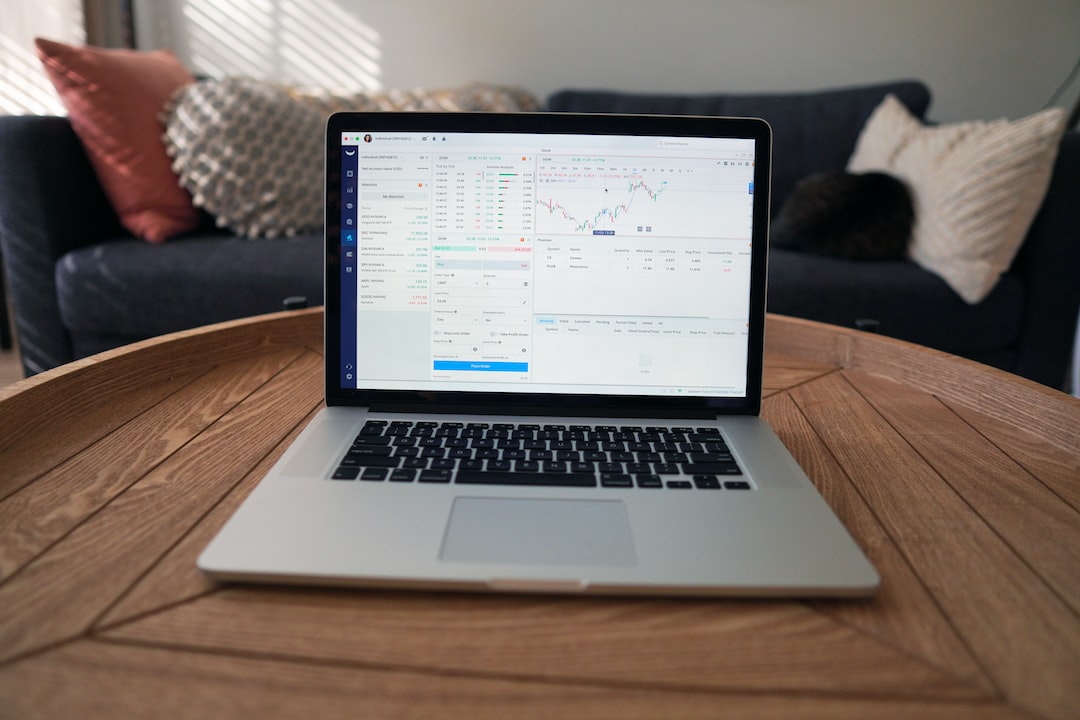Using Forex Pips to Manage Risk in Trading
Trading in the forex market can be highly profitable, but it also comes with its fair share of risks. One of the keys to successful forex trading is managing these risks effectively. One of the most commonly used tools for risk management in forex trading is the concept of pips.
Pips, short for “percentage in point,” are the smallest unit of measurement in the forex market. They represent the fourth decimal place in currency pairs, except for pairs involving the Japanese yen, where they represent the second decimal place. Understanding how to use pips to manage risk can significantly improve your trading results.
Calculating Risk in Pips
To effectively manage risk in forex trading, it is essential to calculate the potential loss in pips before entering a trade. This calculation is based on the stop-loss level, which is the predetermined price level at which you are willing to exit a losing trade.
For example, let’s say you are trading the EUR/USD currency pair, and you set your stop-loss level at 20 pips below your entry point. If the price moves against you, and reaches your stop-loss level, you would incur a loss of 20 pips.
By determining your risk in pips, you can then calculate the appropriate position size to ensure that the potential loss is within your risk tolerance. This is crucial in managing risk and preserving your trading capital.
Position Sizing
Position sizing refers to the process of determining how many lots or contracts to trade based on the risk you are willing to take and the distance between your entry and stop-loss levels. It is an essential component of risk management in forex trading.
To calculate the position size, you need to know the value of a pip in the currency pair you are trading. This value varies depending on the currency pair and the lot size.
For example, if you are trading the EUR/USD currency pair and the value of a pip is $10 for a standard lot, and your risk per trade is $100, you would divide your risk by the value of a pip to determine the appropriate position size. In this case, it would be 10 lots.
By using pips to calculate the position size, you can ensure that you are not risking more than you are comfortable with on each trade. This allows you to have greater control over your risk and avoid blowing up your trading account.
Trailing Stops
Another way to use pips to manage risk in forex trading is through the use of trailing stops. A trailing stop is a stop-loss order that moves with the market price as it moves in your favor.
For example, let’s say you entered a trade with a stop-loss level of 20 pips below your entry point. As the price moves in your favor, you can adjust your stop-loss level to lock in profits and minimize potential losses.
If the price moves 10 pips in your favor, you can move your stop-loss level to breakeven, or even to a small profit. This way, if the market reverses and hits your stop-loss level, you would exit the trade without incurring any loss.
Trailing stops are an effective way to protect your profits and manage risk in forex trading. By using pips as a reference point, you can adjust your stop-loss level based on the market’s movements, ensuring that you are always in control of your risk.
Conclusion
Managing risk is an essential aspect of forex trading. By using pips to calculate risk, determine position size, and set trailing stops, traders can effectively manage their risk and protect their trading capital.
Understanding how to use pips to manage risk allows traders to make more informed decisions and avoid taking trades that could potentially wipe out their account. It is a fundamental concept that every forex trader should master.
By incorporating proper risk management techniques into their trading strategies, traders can increase their chances of success in the forex market. Remember, it’s not just about making profits; it’s about preserving capital and minimizing losses.






